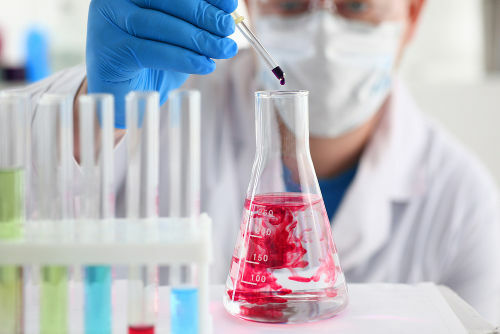The word “gas” was first used by the scientist Van Helmont (1577-1644), coming from the Greek chaos, that is, “chaos”, because its molecules or atoms behave in a disorderly way.
Gases are molecular compounds or in the form of isolated atoms (noble gases) with specific characteristics, including, we can highlight that they do not have a defined volume or shape, tending to occupy the volume and stay in the shape of the container that contains.
The volume, pressure and temperature are the fundamental quantities that must be taken into account in the study of gases, being called gas state variables.
This study is really very important both from a theoretical and a practical point of view. For example, it was through understanding the behavior of gases that chemical reactions were best understood. In addition, substances in the gaseous state are everywhere, participating in important processes in maintenance of life: the air we breathe is a gaseous mixture composed mainly of nitrogen and oxygen; oxygen gas is used in hospitals, steel mills, metal cutting and welding torches; we use the gases for cooking, for moving vehicles, for inflating balloons, and so on.
Do not stop now... There's more after the advertising ;)
These and other processes involving gases will be covered in the articles in this Chemistry section.
By Jennifer Fogaça
Graduated in Chemistry
(UnB-DF) The study of the macroscopic properties of gases allowed the development of the kinetic-molecular theory, which explains, at a microscopic level, the behavior of gases. Regarding this theory, judge the following items:
(1) The behavior of gases is related to the uniform and orderly movement of their molecules.
(3) Ideal gases do not exist, as they are only theoretical models in which the volume of molecules and their interactions are considered negligible.
(4) The pressure of a gas inside a container is associated with collisions of gas molecules with the walls of the container.
I. The pressure of a gas is the result of the molecules colliding with the walls of the container.
II. The average kinetic energy of the molecules of a gas is directly proportional to the absolute temperature.
III. Volume, pressure and temperature are called state variables.
IV. The molecules move without colliding with the walls of the container that contains them.

